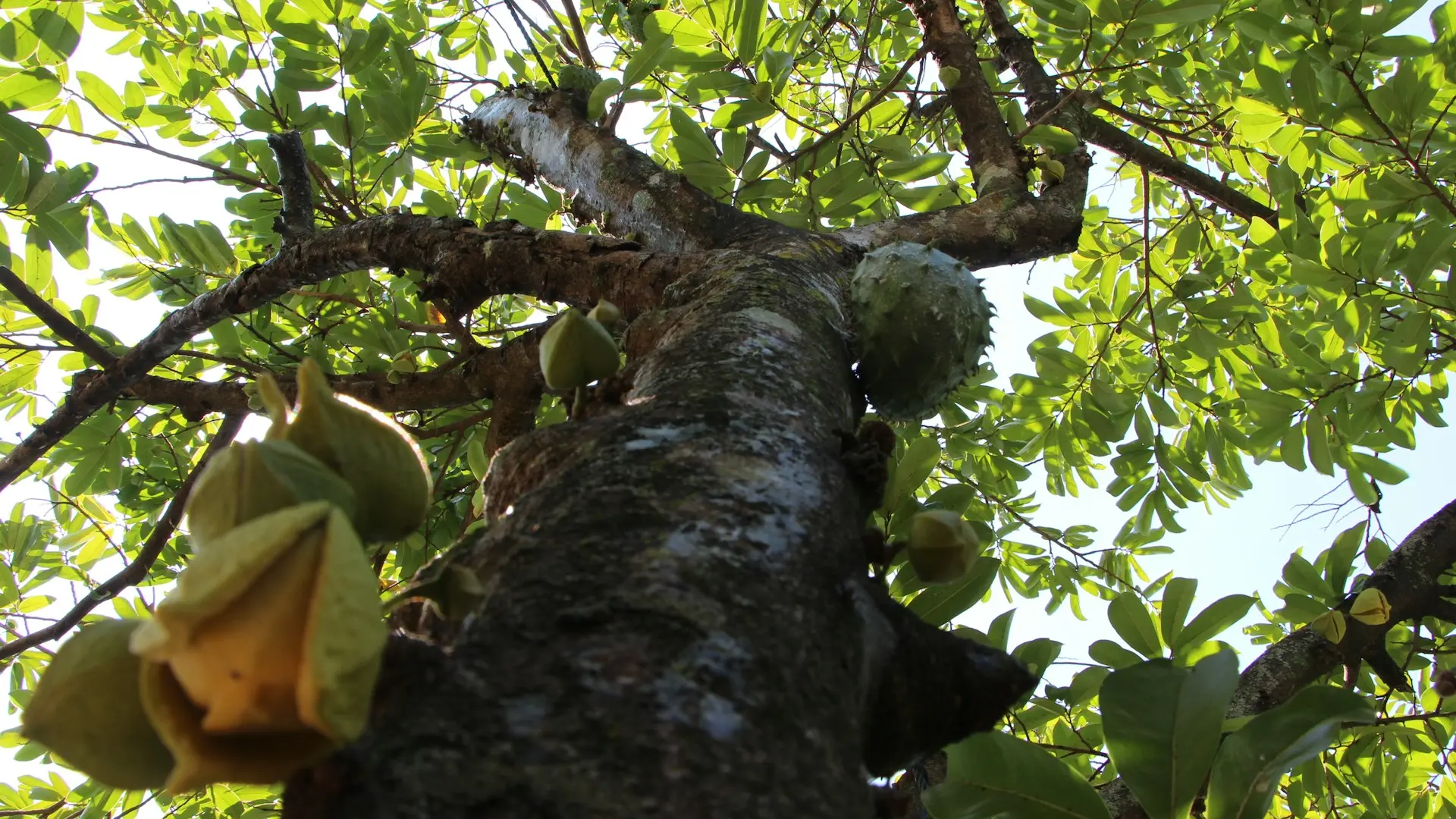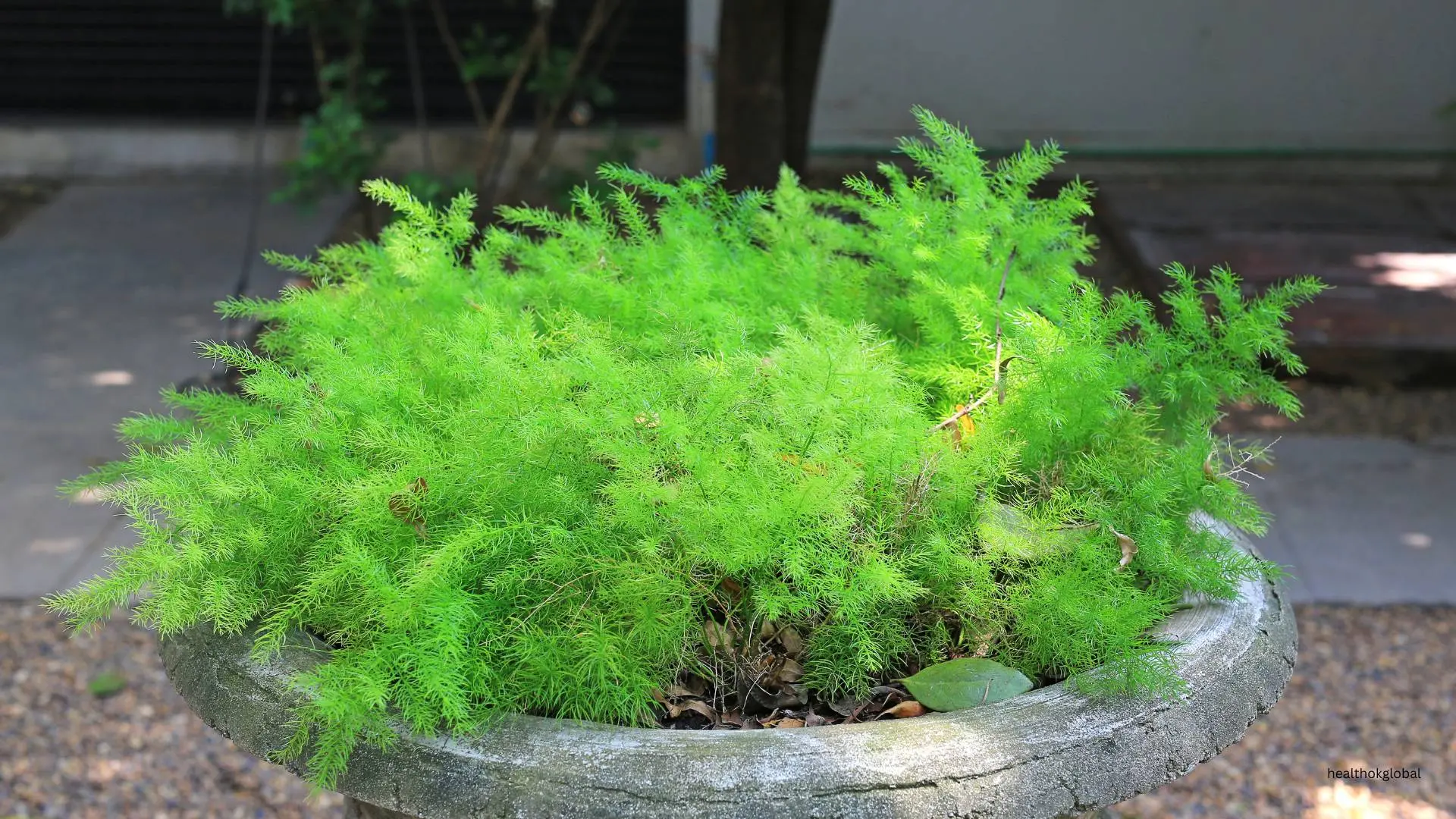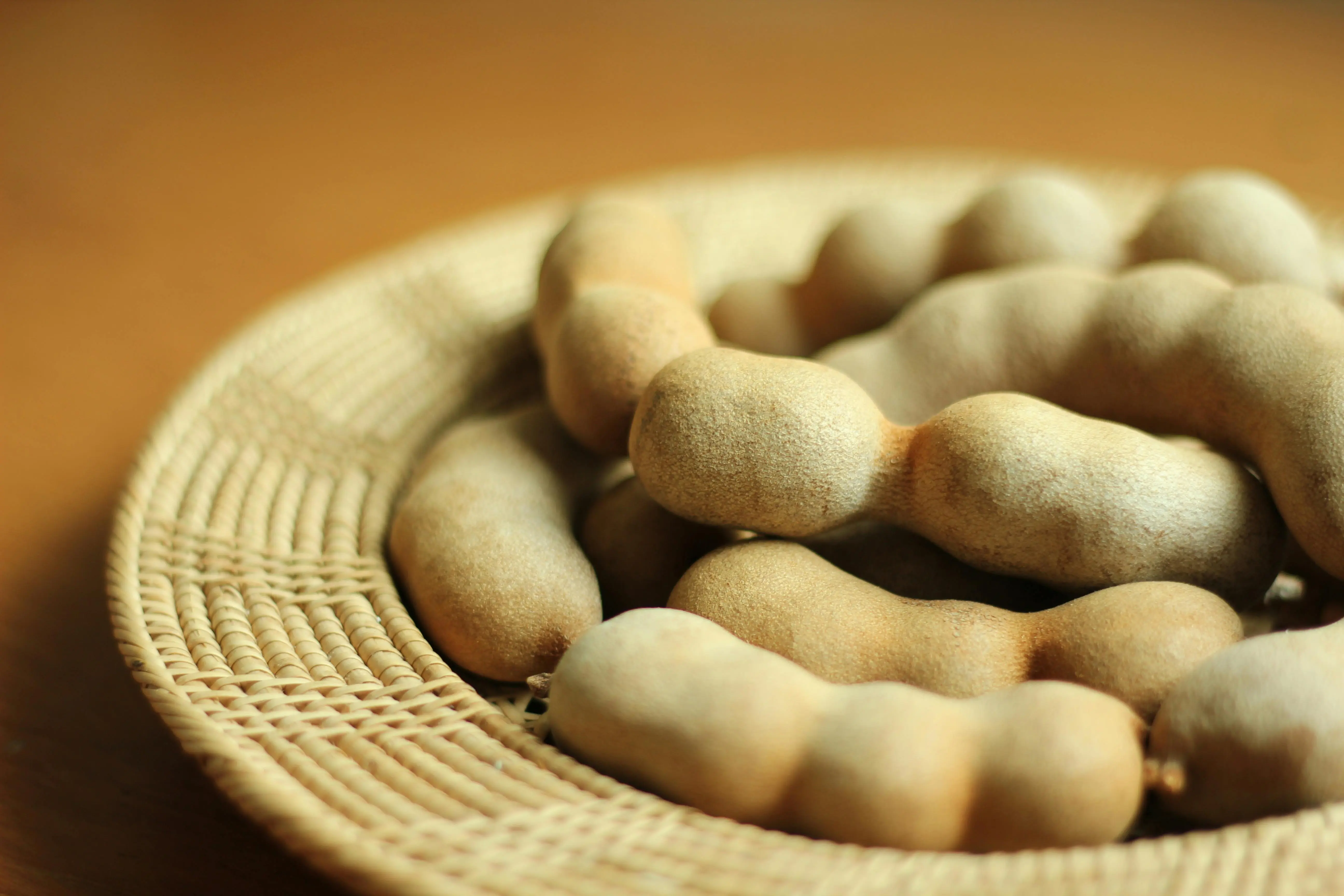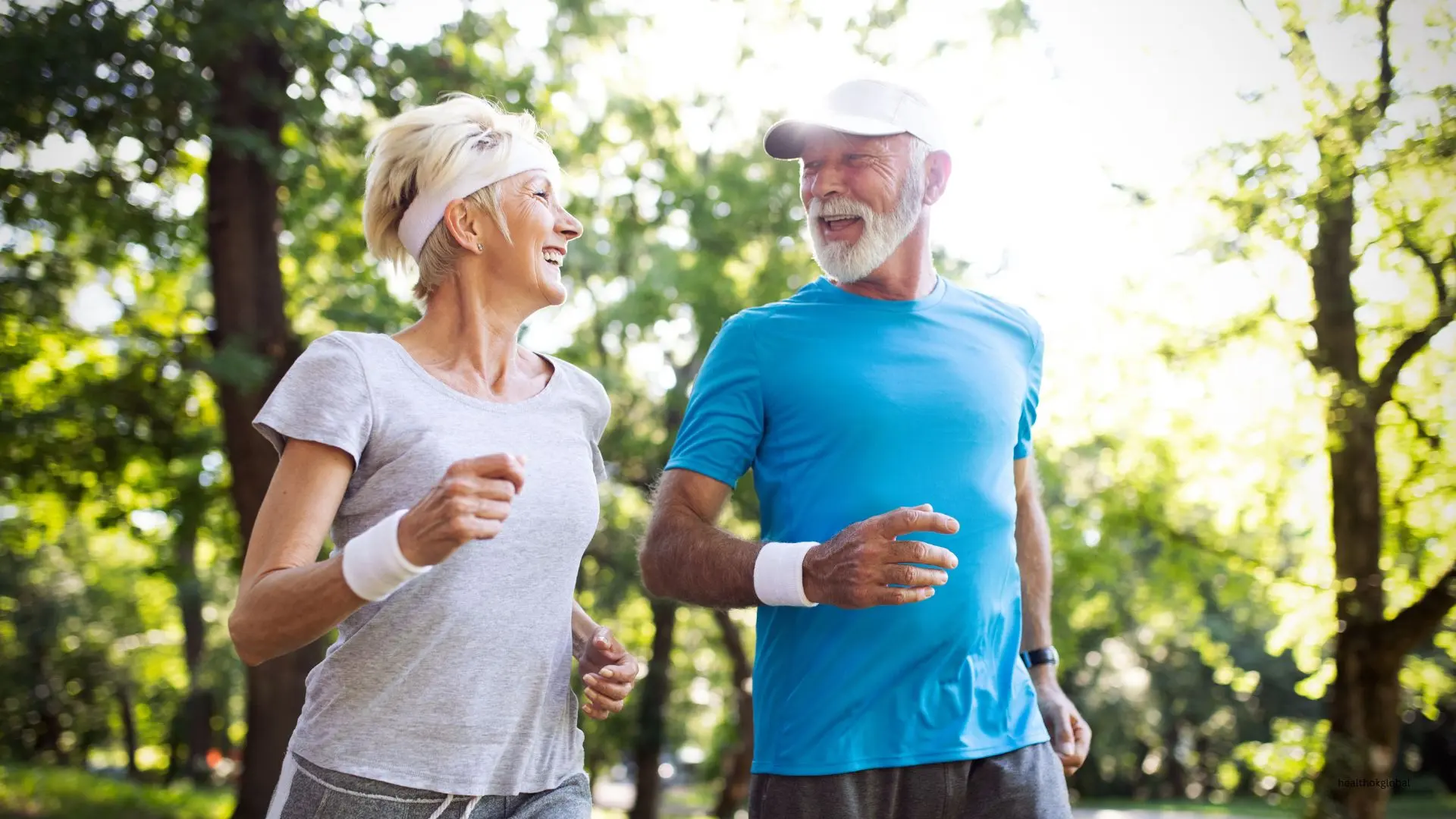Living with diabetes doesn't mean you must sacrifice enjoying food.

Blog
Foods for Diabetics from 5 Major Food Groups for a Healthier Life
Living with diabetes doesn't mean you must sacrifice enjoying food. In fact, a balanced diet from the five major food groups can not only be delicious but also improve your health and manage your blood sugar levels effectively. In this guide, we'll explore how to incorporate foods from each food group into a diabetic-friendly diet.
Managing blood sugar levels is crucial for individuals with diabetes. A diet rich in nutrients, low in fat, and moderate in calories is key. It's not just about what you eat, but also how much and when.
A balanced diet includes foods from all five major food groups: fruits, vegetables, grains, protein foods, and dairy. Let's dive into how each group can fit into a diabetic diet.
Choose fruits with a low Glycemic Index (GI) like berries, cherries, and apples. These fruits are high in fiber and vitamins, helping manage blood sugar levels.
Mind your portions and opt for whole fruits over juices to maximize fiber intake and minimize blood sugar spikes.
Incorporate a variety of non-starchy vegetables like leafy greens, broccoli, and bell peppers. They are low in calories and carbs but high in vitamins, minerals, and fiber.
Starchy vegetables like potatoes and corn can still be part of your diet but in moderation due to their higher carbohydrate content.
Opt for whole grains such as brown rice, quinoa, and whole wheat pasta. They have more nutrients and fiber than refined grains, aiding in blood sugar management.
Carbohydrates affect blood sugar more than other nutrients. Learning to count carbs and choosing complex carbs can help maintain stable blood sugar levels.
Select lean protein sources like chicken, fish, tofu, and legumes. These foods do not directly raise blood sugar levels and can be satisfying.
Protein is vital for repairing cells and making new ones. Including a moderate amount of protein at each meal can help manage hunger and blood sugar.
Choose low-fat or fat-free dairy options like milk, yogurt, and cheese to reduce saturated fat intake and support blood sugar control.
For those who are lactose intolerant or vegan, calcium-fortified plant-based alternatives like almond milk or soy yogurt can be good options.
Creating a diet that includes foods from all five major food groups can help manage diabetes effectively while ensuring you enjoy a variety of delicious and nutritious foods. Remember to monitor your blood sugar levels, pay attention to portion sizes, and adjust your food choices based on your individual health needs.
Opt for whole grains such as brown rice, quinoa, and whole wheat pasta. They have more nutrients and fiber than refined grains, aiding in blood sugar management.
Managing blood sugar levels is crucial for individuals with diabetes. A diet rich in nutrients, low in fat, and moderate in calories is key. It's not just about what you eat, but also how much and when.
This section covers Fruits: Sweet, Nutritious, and Fiber-rich in detail.
Need Personalized Health Guidance?
Get expert advice tailored to your specific health needs from our qualified healthcare professionals.





